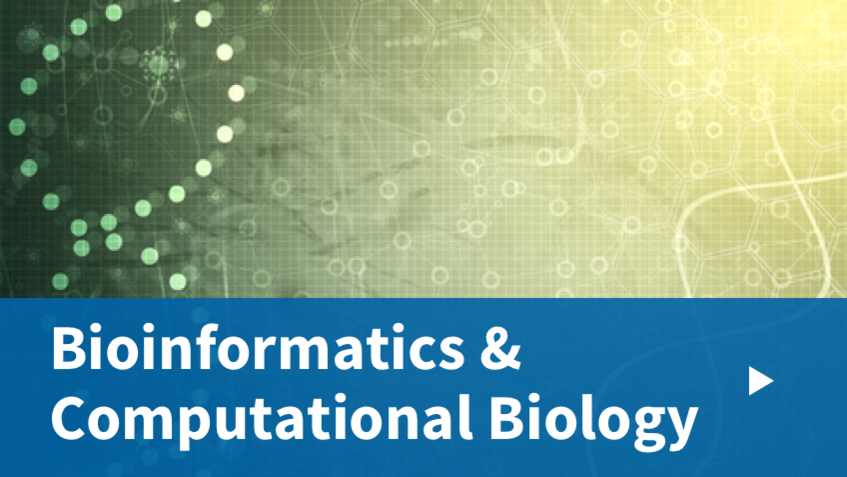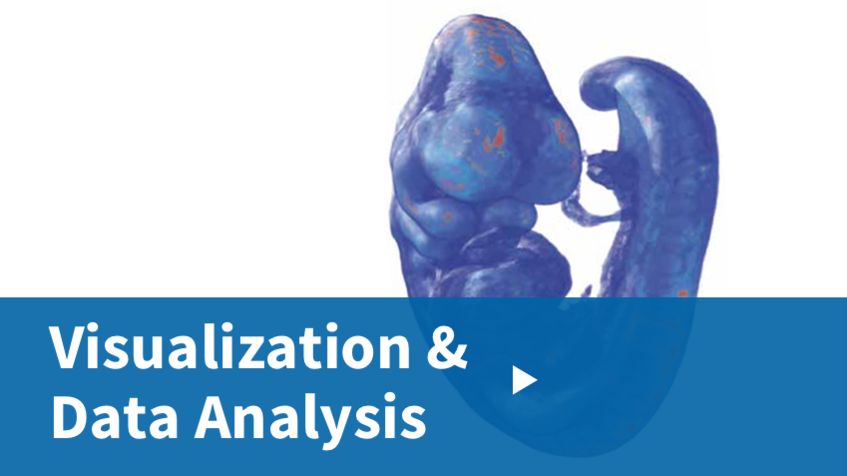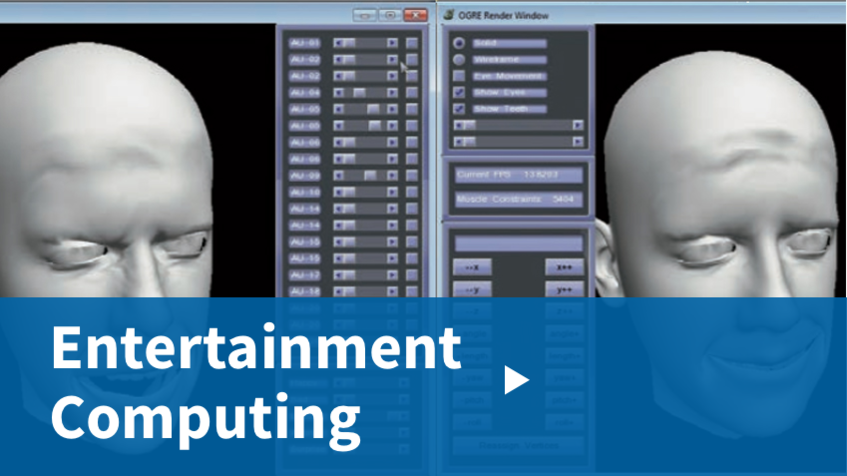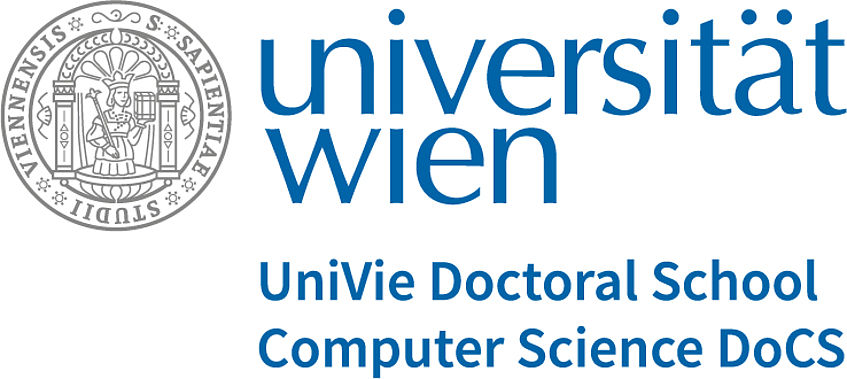With more than 200 scientific and general staff members, currently 15 units, and the research network Data Science @ Uni Vienna, the Faculty of Computer Science participates in many national and international cooperation projects, together with economic and scientific partners.
With more than 200 scientific and general staff members, currently 14 units of the Faculty and the Research Network Data Science, the Faculty of Computer Science participates in many national and international cooperation projects, together with economic and scientific partners.
Units of the Faculty
Our units of the Faculty represent the four main research areas currently established at the faculty:
- Algorithms
- Data Science
- Systems
- Human-Centered Computing
Are you searching for...?
DATA SCIENCE @ Uni Wien »
Data Science @ Uni Wien is a new research platform at the University of Vienna that presents a hub on all activities in data science at the University of Vienna.
Picture Credits: Bioinformatics & Computational Biology (BCB): © Foxaon | Dreamstime.com, Data Mining (DM): © iStock.com/peterhowell, Multimedia Information Systems (MIS): © iStock.com/Vertigo3d, Neuroinformatics (NI): © iStock.com/ipopba, Scientific Computing (SC): © iStock.com/halbergman, Security & Privacy (SEC): © iStock.com/BlackJack3D, Software Architecture (SWA): © Universität Wien, Theory & Applications of Algorithms (TAA): © iStock.com/ktsimage, Educational Technologies (CSLEARN): © Universität Wien/ Barbara Mair

















